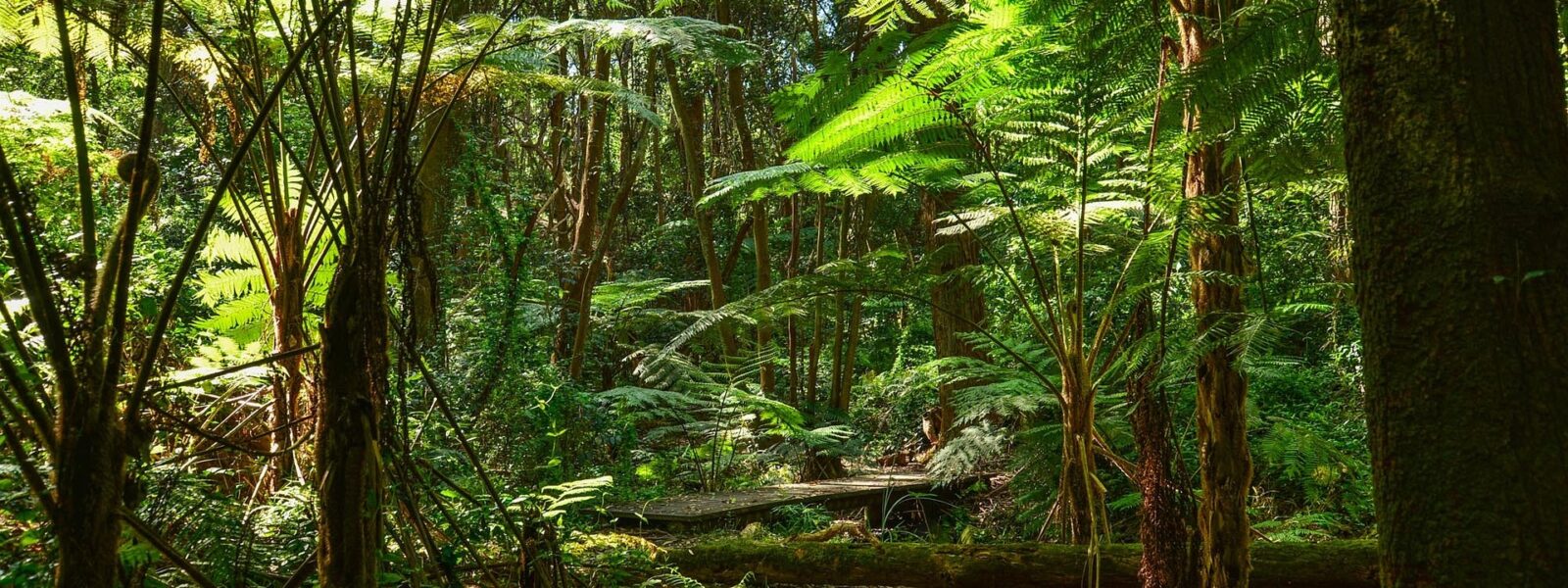The Tarkine Rainforest stands as a testament to the raw beauty and ecological diversity that our planet has to offer. Nestled in the heart of Tasmania, Australia, this pristine wilderness is a haven for nature enthusiasts and adventurers seeking to immerse themselves in the untouched majesty of the natural world. The Tarkine Rainforest boasts a unique blend of ancient trees, vibrant flora, and elusive fauna, making it a prime destination for those yearning to connect with nature on a profound level. This article takes you on a journey through the wild wonders of the Tarkine Rainforest, uncovering its hidden gems and highlighting the importance of preserving such remarkable ecosystems.
1. The Enchanting Canopy: Towering Giants of the Rainforest
One of the most awe-inspiring features of the Tarkine Rainforest is its towering canopy of ancient trees. These giants, some of which have stood for centuries, create a breathtaking sight as they reach towards the sky, forming a living cathedral of greenery. The diversity of tree species here is unparalleled, with myrtle, sassafras, and towering eucalyptus dominating the landscape. Exploring the canopy on elevated walkways offers visitors a unique perspective, allowing them to witness the intricate interactions between plants, birds, and insects in this complex ecosystem.
2. Wildlife Treasures: A Glimpse into Biodiversity
Within the Tarkine Rainforest, a rich tapestry of wildlife thrives in harmony with the lush surroundings. The elusive Tasmanian devil, a carnivorous marsupial unique to the island, can be spotted here, along with other remarkable creatures like the Eastern quoll and spotted-tailed quoll. Bird enthusiasts will delight in the presence of the wedge-tailed eagle, the swift parrot, and the white goshawk, among many others. The rainforest’s diverse habitats, including wetlands and rivers, support a wealth of aquatic life, from crayfish to platypuses. Exploring these habitats provides a captivating glimpse into the intricate web of life that sustains this ecosystem.
3. Ancient Wisdom: Indigenous Culture and Heritage
Beyond its natural wonders, the Tarkine Rainforest holds immense cultural significance for the indigenous communities that have inhabited these lands for thousands of years. The region is rich with ancient Aboriginal heritage, evident in the rock art, tools, and spiritual sites scattered throughout the landscape. Exploring the rainforest becomes a journey not only into its ecological diversity but also into the deep connections that indigenous peoples have maintained with the land for generations.
4. Threats and Conservation Efforts: Safeguarding a Precious Gem
While the Tarkine Rainforest captivates with its splendor, it also faces threats from various quarters. Logging, mining, and other industrial activities pose a danger to the delicate balance of this ecosystem. Climate change further exacerbates these challenges, affecting rainfall patterns and temperature extremes. However, dedicated conservation efforts led by environmental organizations and local communities are working tirelessly to protect this irreplaceable wilderness. Their work includes advocating for national park status, implementing sustainable land management practices, and raising awareness about the importance of preserving the Tarkine Rainforest’s unique biodiversity.
Conclusion The Tarkine Rainforest is a testament to the intricate beauty and complexity of the natural world. Its towering trees, diverse wildlife, indigenous heritage, and conservation challenges all contribute to the narrative of this pristine wilderness. Exploring the Tarkine Rainforest offers not only a sensory feast for nature enthusiasts but also a valuable lesson about the fragility and resilience of ecosystems in the face of human impact. As we tread lightly through this remarkable landscape, we are reminded of the urgent need to protect and preserve such wild wonders for generations to come, ensuring that the Tarkine Rainforest’s legacy lives on as an enduring testament to the beauty and significance of our planet’s biodiversity.


You must be logged in to post a comment.